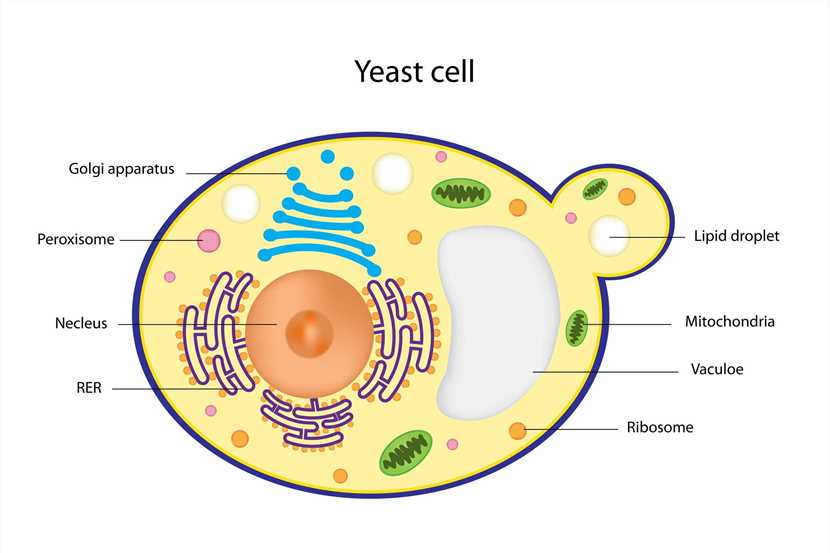Yeast display system technology was first proposed by Boder and Wittrup in 1997. It is a eukaryotic protein expression system. The basic principle of yeast display system technology is that the exogenous target protein gene is fused with a specific vector gene sequence and introduced into yeast cells, and after the fusion protein is induced to be expressed, the signal peptide guides the fusion protein to be secreted outside the cell. Since the fused protein contains a structure that anchors the yeast cell wall, the fusion protein can be anchored in the yeast cell wall, thus immobilizing the exogenous protein molecule on the yeast cell surface. Yeast display technology has an important role in peptide screening, antibody discovery, and protein engineering. Based on our rich field experience and yeast display platform, Creative Biolabs provides comprehensive in vitro display services to support the development and application of yeast display systems.

Surface display technology has been discovered for almost 40 years. In less than 40 years, the research fervor related to surface display technology has never abated. Various display systems, such as bacterial display system, yeast display system, ribosome display system, phage display system, and mammalian cell display system, are widely used in biomedical research.
Yeast contains a 200 nM thick cell wall composed of β-polysaccharides, mannoproteins, and chitosan. The inner surface of the yeast cell wall prevents the penetration of macromolecules by forming a backbone layer of tightly packed chitosan-linked β-1,3-glucan microfibrils. The outer surface consists of the more soluble branching β-1,6-glucan and mannoprotein. In most yeast display systems, most of the heterologous proteins displayed on the outer cell wall are covalently attached to β-1,6-glucan via GPI (glycosylphosphatidylinositol) at its C-terminus. GPI-anchored proteins are translocated to the surface of the yeast cell via the endoplasmic reticulum-Golgi secretory pathway and form a bridge of β-1,6-glucan to the cell-wall mannoprotein layer. The main advantages of the yeast display system as a eukaryotic display system over other display systems are its efficient post-translational modification mechanism and better adaptation to synthesize complex mammalian proteins with multiple disulfide bonds.
Although different yeast strains have been used to display various proteins and peptides, the yeast display system based on Saccharomyces cerevisiae Aga1-Aga2 is the most popular system. It has a 109 library capacity. The principle of this approach is based on the expression of a foreign protein fused to the Aga2 protein. The Aga2 protein itself is anchored to the cell membrane with the Aga1 protein via two disulfide bonds, thereby forming a covalent complex on the yeast surface. Foreign proteins and peptides can be fused to the N- or C-terminus of Aga2. Using this system, more than 3×104 heterologous protein molecules can be displayed on the surface of just one yeast cell. As an engineered strain of Saccharomyces cerevisiae, EBY100 can be applied to the Aga1-Aga2 yeast display system.
One of the main applications of yeast display systems in antibody engineering is affinity maturation. Similar to phage display systems, this can be achieved using different randomization strategies, such as CDR-targeted mutagenesis. Yeast display systems can also be used for antibody humanization. In addition, like phage display systems, yeast display systems have been shown to be useful for the design of next-generation antibodies, such as pH-dependent antibodies. The yeast display system has multiple advantages over phage and bacterial display systems. As a unicellular organism, yeast relies on a eukaryotic expression machinery that can be post-translationally modified to express and fold complex eukaryotic proteins.
Yeast Display Library Construction Introduction
Yeast Display Library Screening Introduction
Introduction to Antibody Affinity Maturation by Yeast Display
Introduction to T Cell Receptor Engineering by Yeast Display
Introduction to Human MAb Identification by Yeast Display
Creative Biolabs has a wealth of knowledge and experience in yeast display systems. We would be happy to share with you our knowledge and experience.
All listed services and products are For Research Use Only. Do Not use in any diagnostic or therapeutic applications.